Family: Orobanchaceae Vent.
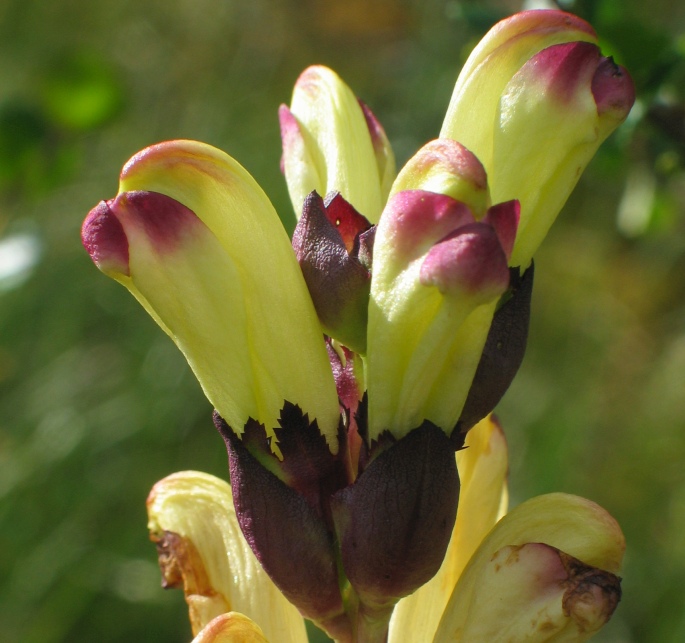
Distribution: Eurasian species – from Scandinavia and the Baltic states through the north of European Russia to Siberia and the Far East. The south part of the distribution area occurs in mountainous regions of the Central Europe (Eastern Alps, Carpathians).
Ecology: It grows in marshy meadows, swampy woods, moist banks, especially in the foothills, but climbs up also to the mountains. It blooms from July to August.
Description: Perennial herb, 30–100 cm tall, glabrous or sparsely ciliolate. Stems often single, erect, basal leaves in a rosette, petiolate, oblanceolate to linear-oblong, to 30 × 4 cm, pinnatifid to pinnatisect, segments 7–17 pairs, stem leaves few, alternate or in pseudo-whorls. Inflorescences more than 20 cm long, flowers often pseudo-opposite or in pseudo-whorls, bracts broadly ovate. Calyx 1–1.5 cm long, corolla to 4 cm long, yellow, sometimes purple-red at apex of lower lip. Fruit is capsule.
Threat and protection: It is endangered and protected species in some European countries (e.g. Czechia, Slovakia, Germany).
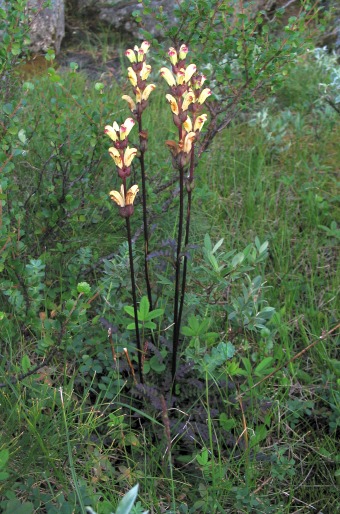
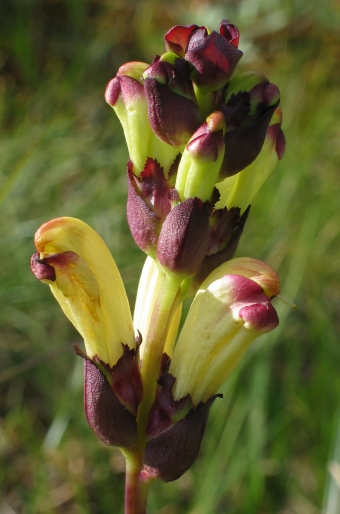
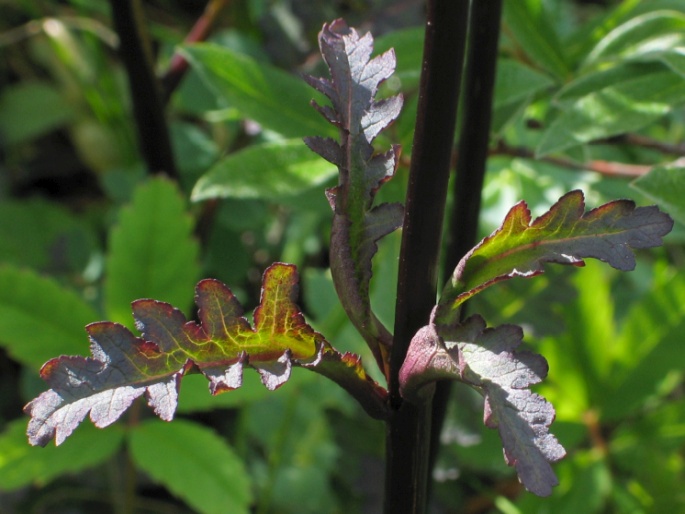
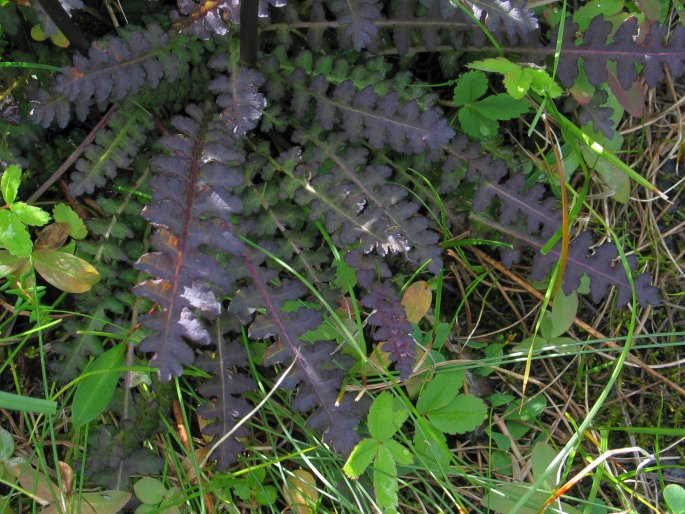
These images were taken in Norway, NP Rago (by Jindřich Houska, August 7, 2005).


